Dental William Probe Depth Measuring Periodontal Instruments to diagnose and treat gum diseases..These instruments measure the depth of periodontal pockets, spaces between teeth and gums that can harbor bacteria and cause gum disease. By providing precise measurements, these instruments help dentists and periodontists assess the severity of gum disease and plan appropriate treatments.
Uses:
- Periodontal Pocket Measurement: Marked in millimeters: 1-2-3-5-7-8-9-10, it measures periodontal pocket depth.
- Diagnosis: They assist in diagnosing the presence and severity of periodontal disease.
- Treatment Planning: Accurate measurements help in planning treatments such as scaling, root planing, or periodontal surgery.
- Monitoring: People use them to monitor the progress of periodontal therapy over time.
Key Features:
- Precision: High accuracy in measuring pocket depths, usually in millimeters.
- Ergonomic Design: Comfortable and easy to handle, minimizing hand fatigue during prolonged use.
- Sterilizable:We can easily sterilize the materials, ensuring hygiene and preventing cross-contamination.
- Durable: Constructed from high-quality stainless steel or similar materials to withstand regular use.
- Clear Markings: Clearly marked measurements for easy and accurate reading.
FAQs:
- Q:Dental William Probe used for?
A: Dentists use a periodontal probe to measure the depth of gingival sulci and periodontal pockets, evaluating gingival and periodontal health. - Q: What is the function of probe?
A: A probe is effectively an elaborate switch, designed to trigger on contact with a component surface, providing accurate, repeatable geometric data. - Q: Can these instruments be used for other dental measurements?
A: They primarily measure periodontal pockets but can also measure other spaces and depths in the mouth as needed. - Q: What is the purpose of probing?
A: Probing questions deepen a presenter’s thought on the current issue. - Q: What is a Williams probe?
- The OROAX Williams PW Perio Probe is used to assess periodontal pocket depths, attachment levels, anatomy configurations and gingival bleeding.



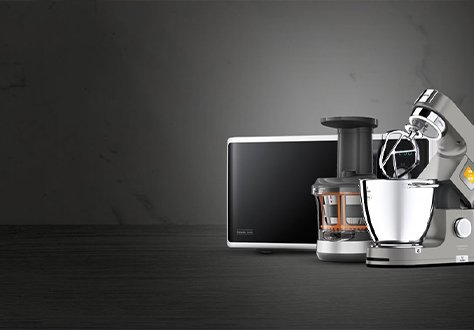














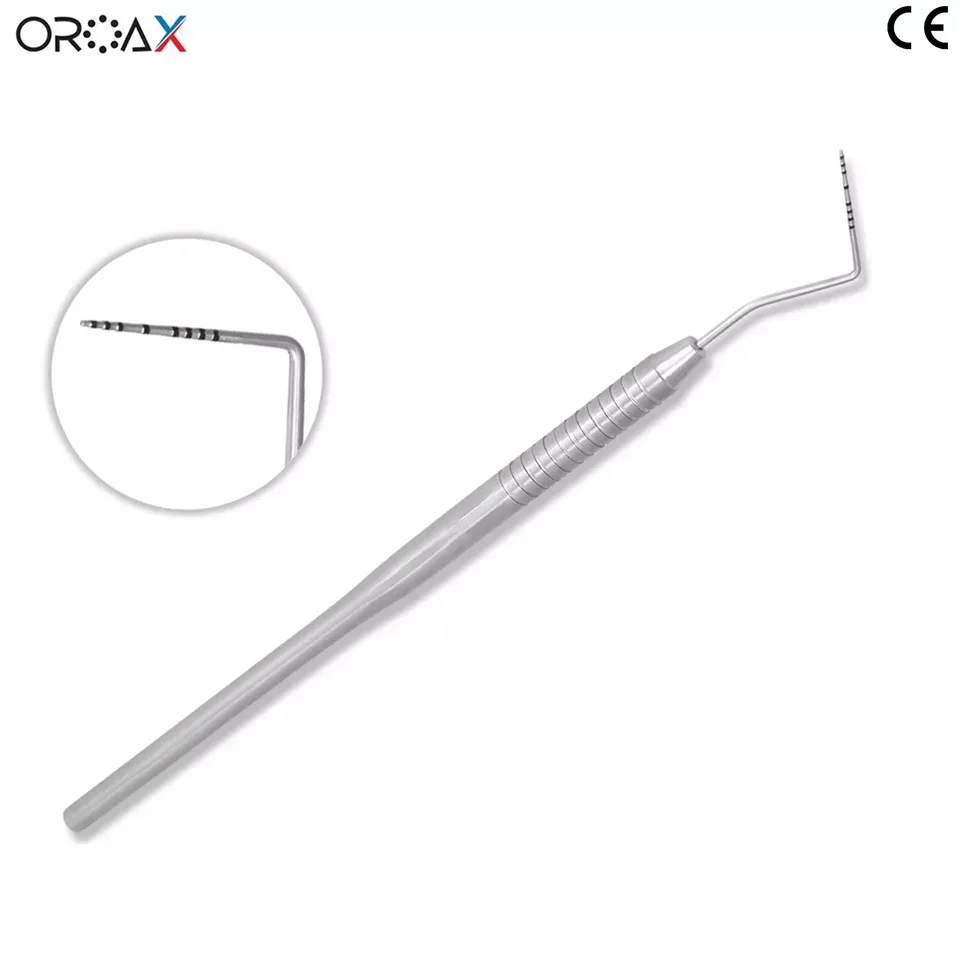






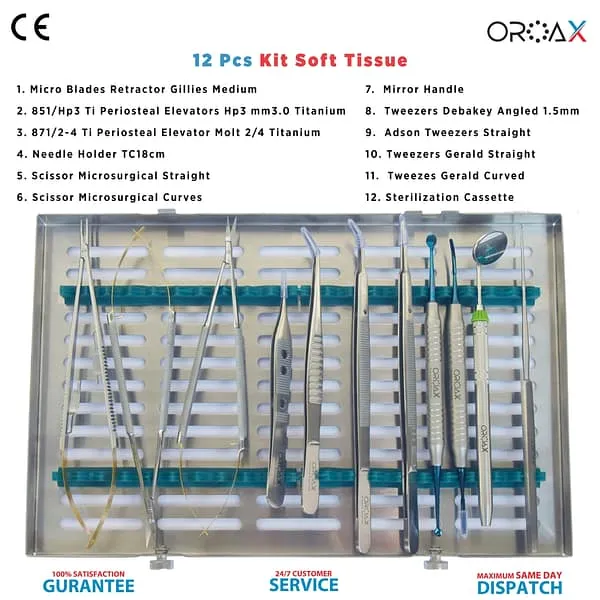
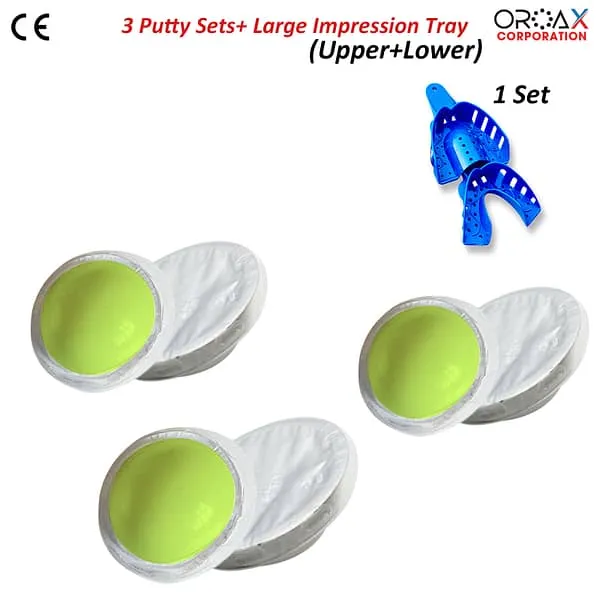

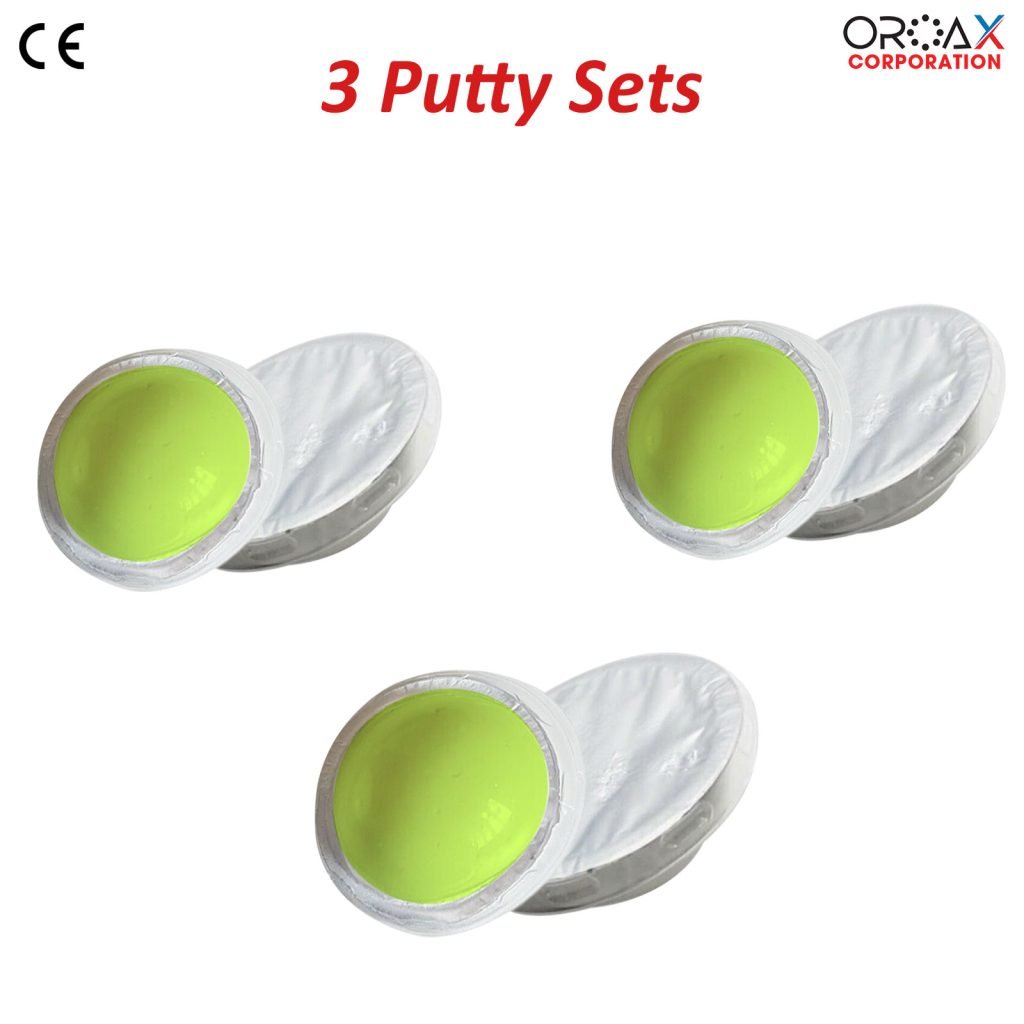
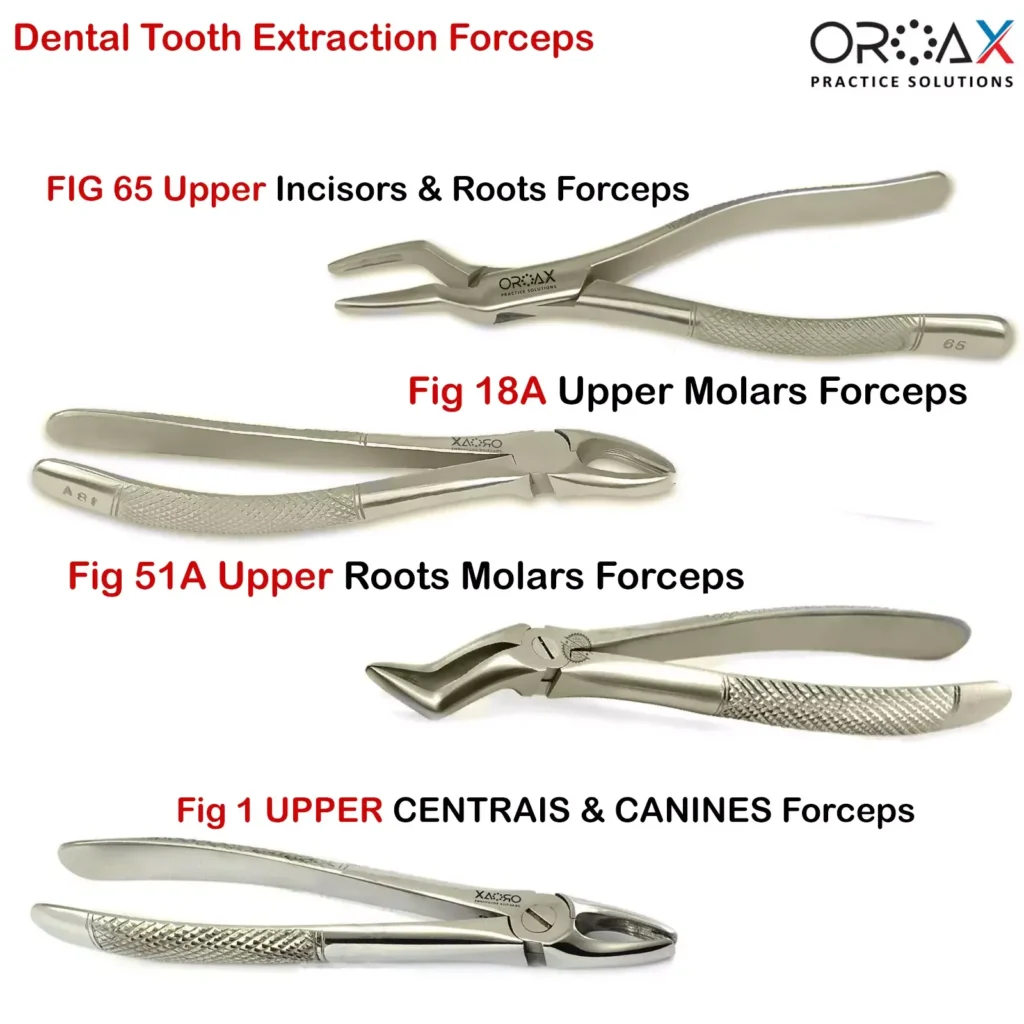
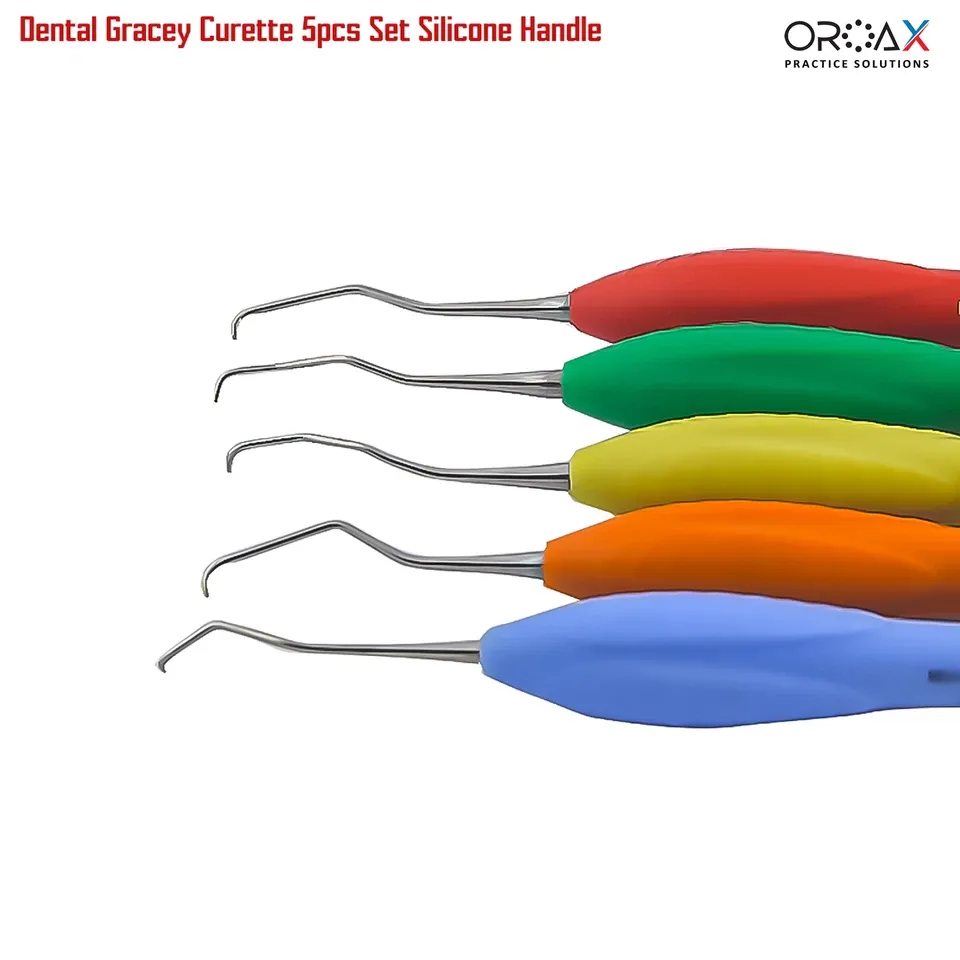
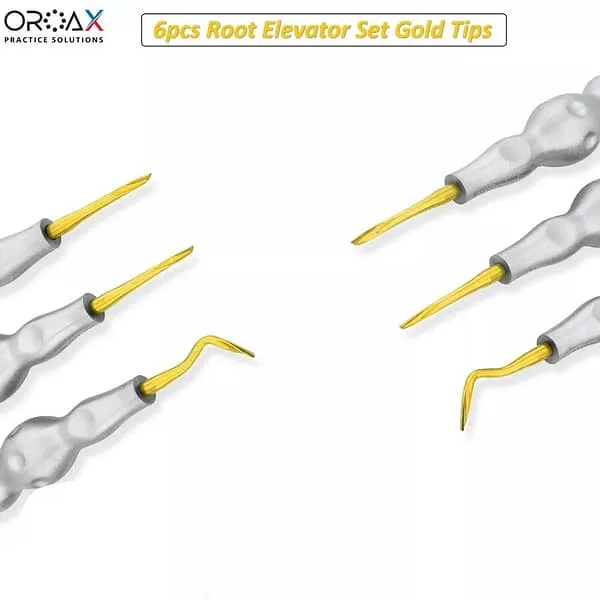
Reviews
Clear filtersThere are no reviews yet.